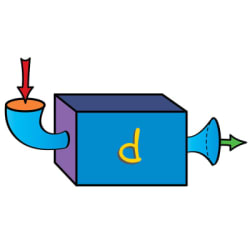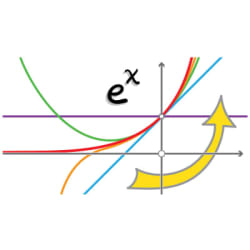Images
The vital signs – heart rate, blood pressure, body temperature, respiration rate, and pain – communicate important information about the physiological status of the human body. In this six-part course we explore the anatomy and physiology underlying the vital signs so that you will develop a systematic, integrated understanding of how the body functions. Relevant body systems are reviewed including cardiovascular and respiratory, followed by explanations of how the function of these systems affects vital signs. We discuss normal ranges, normal variants, and the mechanisms that underlie changes in the objective measurement of vital signs. The course also includes demonstrations of appropriate techniques for measuring vital signs in yourself and others. The course is designed for a broad, general audience but will be particularly interesting for individuals working in healthcare, those considering a career as a healthcare professional, lay caregivers, those with an interest in personal health and fitness, or anyone who simply wants to understand how the body functions.
Similar resources
As America’s first university, Penn has a history that dates back to 1740 and shares many ties with the colonial city of Philadelphia and the birth of our nation.


Calculus: Single Variable Part 2 - Differentiation

Introduction to Spreadsheets and Models

English for Journalism

Calculus: Single Variable Part 1 - Functions

企业金融概论(中文版)














